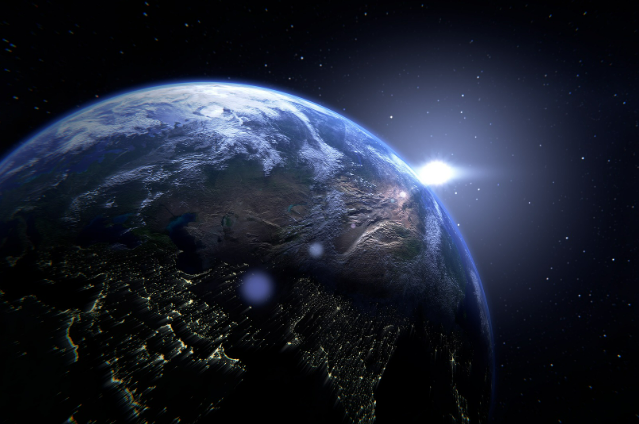
The depleted area of the ozone layer over the South Pole was slightly smaller than last year and continues the overall shrinking trend these recent years.
Between September and October 2022, the annual Antarctic ozone hole reached an average area of 23.2 square kilometers. The depleted area of the ozone layer was slightly smaller than the area last year.
The Chief Scientist for Earth Science, said, 'Over time, steady progress is being made and the hole is getting smaller.' Although, some waggling changes in weather conditions are seen yet the decline has been seen over the past two decades. The elimination of ozone-depleting substances is reflecting the positive outcomes attained by the Montreal Protocol.
Chemically active forms of chlorine and bromine in the atmosphere attached to the polar clouds. The substantial release of sulfur dioxide has also amplified ozone depletion. These chemicals then initiate ozone-destroying reactions leading to the formation of an 'ozone hole.'
Regularly, scientists detect and measure the growth and break-up of the ozone hole. Recently, the satellite's observation inferred the recovery of the layer.
An instrument called the Dobson Spectrophotometer is an optical instrument that records the total amount of ozone between the surface and the edge of space -known as the total column ozone value.
The recovery of the ozone layer will be helpful in the protection of the Earth from the harmful UV rays emitted from the Sun. The damage that was incurred in the last century can be reversed. The efforts of scientists and researchers have saved the world from catastrophic risks and the issues of world environmental crises. The sudden plunge in atmospheric ozone has heralded a coming disaster.
. . .
References:
